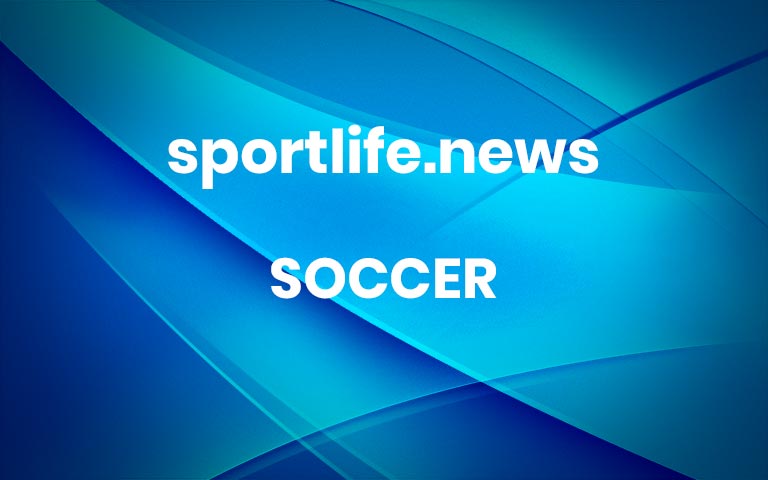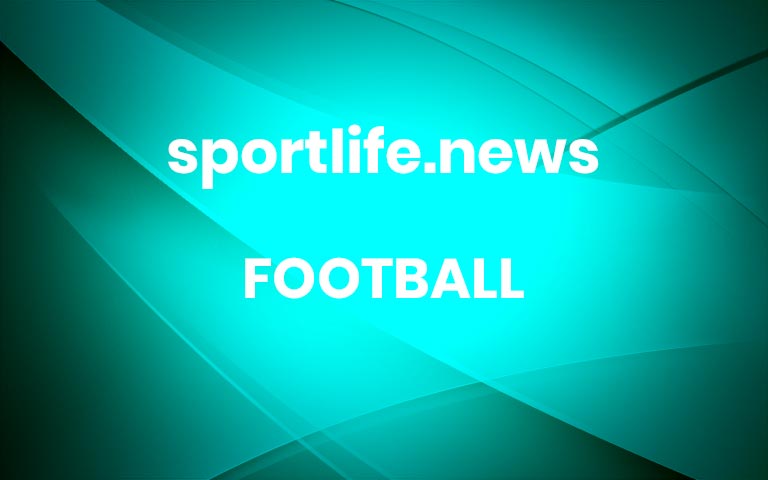On Sunday, when Lamar Jackson of the Baltimore Ravens or another strong-armed N.F.L. quarterback launches a deep pass, take a moment to admire the forces of physics he’s unleashed.When the ball leaves his hand, it points upward, in the direction of the throw. As it arcs through the air, spinning along the long axis without any visible wobble, the nose of the football dips, following the trajectory of the throw and pointing downward when it lands in the hands of the receiver.To most fans, this looks perfectly natural, the ball slicing efficiently through the air with less drag. To a physicist like Timothy J. Gay, it was befuddling.That is because what physicists see with their eyes seems to conflict with a fundamental property of motion known as the conservation of angular momentum. It states that the axis of a spinning object, such as the tight spiral of well-thrown football, will not change its orientation unless some force acts to twist it. It was not clear what force could be pushing the football’s nose down.Worse, the most simplistic analysis would suggest that the onrush of air from below would nudge the nose of the football up, not down, and flip it backward. If that were true, a long beautiful pass would be an impossibility.“That’s the paradox,” said Dr. Gay, a professor of physics at the University of Nebraska in Lincoln, home of the Cornhuskers. “I worked on it for 20 years, and I didn’t make much progress till I brought in two smart people to help me and, and we spent three years yelling at each other about it.”Dr. Gay, whose main research is in a field known as polarized electron physics, has had a long interest in football, playing on the team at the California Institute of Technology when he was an undergraduate in the 1970s. Twenty years ago, he made a series of videos explaining basic physics concepts like inertia and momentum, which were shown during halftime at University of Nebraska games.But the answer to this problem eluded him.So what is pushing the nose of the football down as it flies through the air?The two smart people whom Dr. Gay enlisted were Richard H. Price, a physicist at the Massachusetts Institute of Technology who studies Albert Einstein’s theory of general relativity, and C. William C. Moss, who creates high-powered computer simulations at Lawrence Livermore National Laboratory in California.They, too, were intrigued.“I played football in New York City a long time ago,” said Dr. Price; he attended Stuyvesant High School, which, like Caltech, is known for its high-achieving academics and not its athletics. “I aspired to be mediocre. Never quite got there.”Dr. Moss was a classmate and teammate of Dr. Gay’s at Caltech. “I couldn’t play anywhere else,” Dr. Moss said. “The coach gave me a red helmet and told everyone in the team, ‘Don’t kill the kid with the red helmet.’ True story.”Dr. Price said he had not thought about this problem until he and Dr. Gay met at a scientific conference and talked about it.“I went on to apply some pretty simple mathematics and do what physicists do,” Dr. Price said. “Which is to try and throw away all of the irrelevant details and get the heart of something. Throw away the bath water, looking very carefully to make sure there are no babies in it.”The first thought experiment was to eliminate the atmosphere from the equations. But then the only force acting on the football would be gravity, and that would act equally on all parts of the ball and not exert a twisting torque to push the nose down. “It is always going to point in the same direction, because it’s acting as a gyroscope,” Dr. Price said. “The tip of the nose will not fall over and go down.”Clearly, air resistance, along with gravity, was playing a key role — but not the one that the simplistic analysis would suggest. “It’s kind of cool, because you have these two effects, both of which would seem to have nothing to do with what we actually see,” Dr. Price said.The three scientists were not the first to examine this phenomenon, and others showed through wind tunnel experiments and computer simulations that thrown footballs do not violate the laws of physics.But they say their results, published this summer in the American Journal of Physics, are the first to provide a simple understanding of what is going on.The key is that even a star N.F.L. quarterback cannot throw a perfectly wobble-free pass. Also, the interactions between a spinning object and forces such as gravity and air resistance are often counterintuitive.This gets back to the analogy of a spinning football as a gyroscope. In a demonstration often used by physics professors, a gyroscope made of a bicycle wheel on an axle spins at hundreds of revolutions per minute while the axle is held horizontally. One end is placed in the loop of a suspended string. When the other end of the gyroscope is released, it remains almost horizontal, seemingly defying gravity. The unsupported end starts moving in a circle — what physicists call precession.The football also undergoes precession and this motion,creates an aerodynamic twisting that, on average, pushes the nose of the football down, the physicists showed.Dr. Gay said the findings could potentially even offer some tips to quarterbacks — for instance, that if a right-handed quarterback threw the pass with the ball slightly askew to the left initially, that might lower the total air resistance and allow it to travel a bit farther. “But I’m thinking those would be pretty marginal improvements,” he said.Brian Griese, a former quarterback for the Denver Broncos and other N.F.L. teams and now an analyst on ESPN, said that top-tier quarterbacks might be interested in learning more.“I think you’re always looking for information, always looking for an edge,” he said. “I read the paper, believe it or not, and it was very interesting. I actually have a daughter who’s 14 right now and studying trigonometry and so I shared it with her and she was interested in it.”Of course, professional athletes already intuitively know much of this. Dr. Price said he was watching a replay of a pass by Patrick Mahomes of the Kansas City Chiefs where the camera was facing in the direction of the oncoming pass.“I could count the number of wobbles, and they were in good agreement with the numbers in our paper,” Dr. Price said. “I joked to my colleagues, ‘He must have read our paper.’”Ben Shpigel contributed reporting. More



